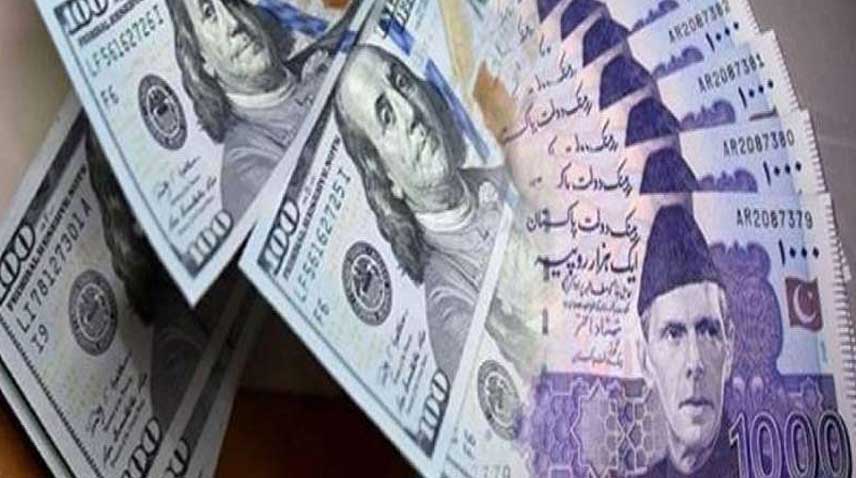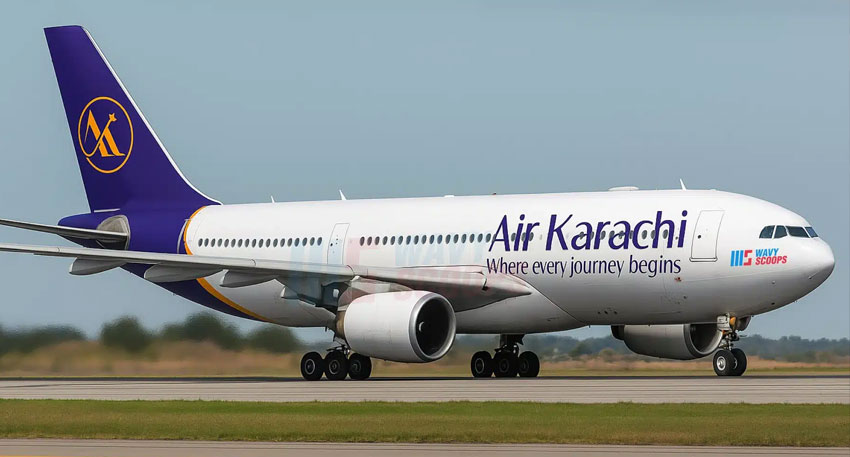
In the open market, however, the story was different. According to the Forex Association of Pakistan, the buying rate of the US Dollar stood at Rs284.85, while it was sold at Rs285.95 — keeping the currency still costly for consumers and importers.
Interestingly, while the Rupee inched up against the Dollar, it weakened significantly against other major currencies. The Euro saw a noticeable jump of Rs3.69, closing at Rs332.67 compared to the previous day’s Rs328.98, as reported by the State Bank of Pakistan.
The British Pound followed the same trend, rising sharply by Rs3.67. It was traded at Rs390.04, a significant increase from Rs386.37, raising concerns for those planning overseas travel, education, or remittances.
Meanwhile, the Japanese Yen showed a minor gain of 02 paisa to settle at Rs1.97. On the contrary, both the Emirates Dirham and the Saudi Riyal saw a marginal decrease, falling by 02 paisa and 01 paisa respectively, to close at Rs77.23 and Rs75.63.
This unusual mix of minor gains and sharp rises in major currencies has sparked fresh questions: Is the Rupee genuinely stabilising, or are global market pressures painting a different picture?
Read more: Gold prices witness a sharp rise again - What’s driving the surge?
While the Rupee’s tiny gain against the Dollar may seem like a positive development, the significant rise in the Euro and Pound reveals a different story — one that hints at external economic pressure and internal currency volatility.
The increasing cost of European and UK currencies could strain overseas payments, travel, and student expenses. Despite the minor dip in Gulf currencies, the overall currency trend calls for careful monitoring, especially with global markets in flux. The next few weeks could prove crucial in determining the Rupee’s true trajectory.




